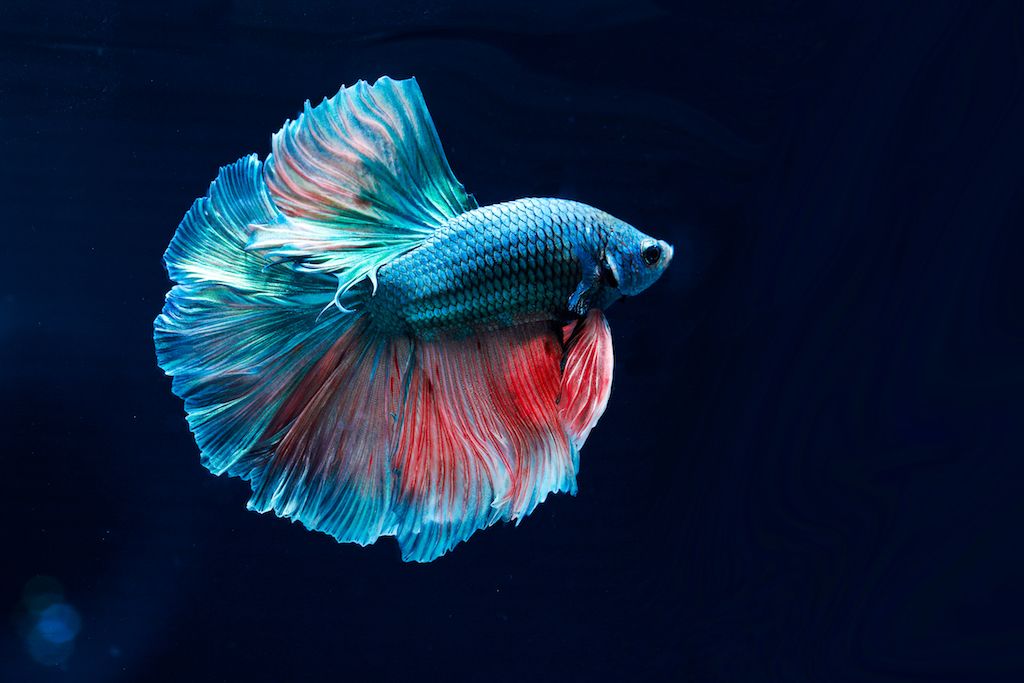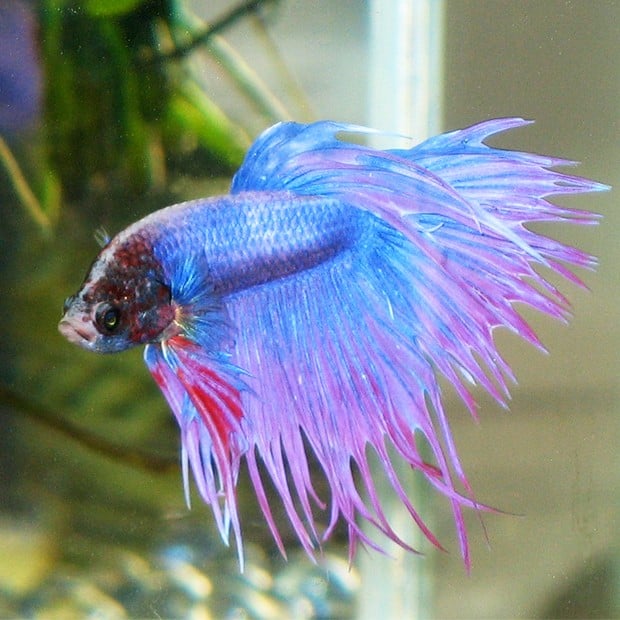Common Betta Fish Diseases and Just How to stop Them
Common Betta Fish Diseases and Just How to stop Them
Blog Article
How to Breed Betta Fish Successfully: Expert Strategies and Insights for Hobbyists Seeking To Broaden Their Betta Collection
Reproducing Betta fish needs a nuanced understanding of genes and ecological conditions, making it vital for enthusiasts to come close to the process with both diligence and care. Producing an ideal reproduction environment, selecting the ideal sets, and observing the intricacies of their courtship behaviors are foundational steps that can substantially influence the end result.
Understanding Betta Fish Genetics
Recognizing the genetics of Betta fish is vital for successful reproduction, as it influences qualities such as color, fin form, and actions. Betta fish show a varied variety of colors and patterns, mostly identified by their genetic make-up.
Along with coloration, fin morphology is another significant facet of Betta genes (betta fish). The sizes and shape of fins are affected by different genes, consisting of those that establish whether the fins are short, long, or veil-shaped. Understanding these genetic variations aids breeders predict the phenotypic end results of their children
Moreover, behavior characteristics such as aggressiveness and territoriality can additionally be influenced by genetics. These habits play an essential duty in the reproducing process, as they can influence generating success and the general temperament of the resulting fry. By adequately comprehending these hereditary principles, dog breeders can make enlightened decisions, inevitably enhancing their reproduction programs and achieving preferable results.
Preparing the Reproduction Environment
Developing an ideal reproduction environment is important for the effective recreation of Betta fish. The first step in preparing this atmosphere is to pick a proper breeding storage tank, preferably ranging from 5 to 10 gallons.
Next, think about using a sponge filter or an air rock to provide gentle water flow without developing strong currents that can stress the fish. It is necessary to mount plants or breeding cones to offer hiding areas and advertise convenience for the woman throughout the spawning procedure. Drifting plants, such as Java moss or water sprite, can likewise develop an extra all-natural setting while helping with bubble nest structure by the male.
Before presenting the reproducing sets, ensure the water is conditioned and without dangerous chemicals, such as chlorine or heavy steels. betta fish. Normal water changes ought to be conducted to maintain optimal water quality, enhancing the chances of effective reproduction. With these prep work in area, the reproducing environment will sustain the wellness and health of both Betta fish
Picking Breeding Pairs
Choosing the best breeding sets is critical for attaining effective Betta fish reproduction. When choosing your breeding pairs, consider several vital variables consisting of health, temperament, and genes. Healthy and balanced Betta fish display dynamic colors, clear eyes, and energetic behavior. Selecting fish that are devoid of condition makes sure a better chance of generating practical offspring.
Personality is one more important consideration, as Betta fish are recognized for their hostile nature. It is advisable to pick a male and lady that display compatible characters to minimize stress and anxiety during the reproducing process. A tranquil male can urge a smoother courtship, while a female that is also aggressive may interfere with the process.
Hereditary background additionally plays a considerable role in the high quality of the spawn. Breeding fish that are genetically have a peek at this website diverse can lower the danger of genetic health and wellness issues and improve the overall vigor of the fry. It is valuable to look into the lineage of both the man and female, concentrating on preferable traits such as fin kind, color scheme, and dimension.
The Breeding Refine
The reproduction procedure of Betta fish requires cautious preparation and focus to detail to guarantee an effective end result. Initially, it is essential to prepare a suitable breeding storage tank, preferably a 5-10 gallon fish tank with a temperature level maintained at 78-80 ° F. The storage tank needs to be equipped with a heater, filter (preferably sponge type to prevent strong currents), and a lot of water plants for the woman to conceal.
When the setting is established, introduce the chosen breeding pair to the storage tank, enabling them to acclimate. Observe their behavior; the male will display elaborate courtship routines, including flaring his fins and building a bubble nest. If top article the woman reveals rate of interest, she will display vertical stripes indicating preparedness for spawning.
When the lady is responsive, both will certainly engage in a mating embrace, throughout which the male feeds the eggs. It is vital to check their interactions closely, as the male might come to be hostile. After spawning, remove the female to avoid potential injury. The male will often tend to the eggs, which commonly hatch out within 24-36 hours. Preserving optimal water conditions throughout this period is important for the development of healthy and balanced Betta fry.
Caring for Betta Fry

Feeding Betta fry is important, as they need a diet plan high in healthy protein. Originally, they can be fed infusoria or fluid fry food, transitioning to carefully crushed high-quality pellets as they expand. Feed little sections multiple times a day to encourage healthy growth without overwhelming the storage tank with leftover food.

As they grow, check their growth very closely and separate any kind of aggressive people to stop harm. By supplying a nurturing setting and proper nourishment, enthusiasts can effectively elevate Betta fry into vivid, healthy fish, inevitably enhancing their reproduction undertakings.
Final Thought
Effective Betta fish breeding needs meticulous interest to hereditary selection, ecological problems, and take care of the fry. By comprehending the genetics of Betta fish and preparing a proper reproduction atmosphere, enthusiasts can boost the chances of creating vivid, healthy children. Picking compatible breeding pairs and carefully keeping track of the courtship and generating procedures are essential. Lastly, providing ideal treatment click here now for the fry guarantees their healthy and balanced development, contributing to a growing Betta collection.
Report this page